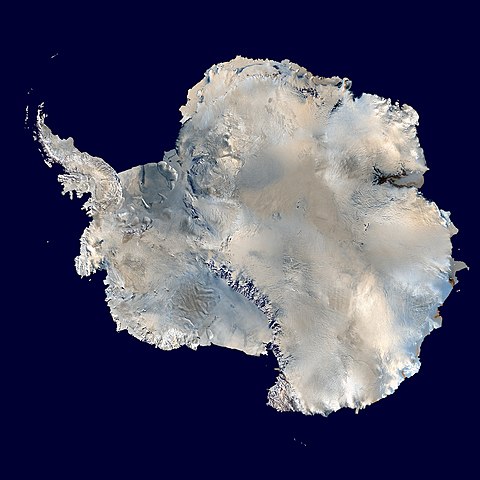Description

Image by Dave Pape.
This applied project will look at mathematical modelling of ice sheets and/or glaciers. The Antarctic ice sheet alone holds 90% of the world's surface fresh water, and if it were to completely melt would lead to a 70m rise in global sea level. Mathematical models of ice sheet melting therefore play a vital role in understanding how global warming will lead to sea level rise. However, it is not a simple question of how much ice accumulates or melts, because the flow (movement) of ice is a major factor.
The project will look at how ice is modelled as a viscous fluid, albeit a non-Newtonian one. We will derive the governing PDEs under the so-called "shallow ice" approximation, where the ice sheet is assumed to be much wider than it is thick. This can be applied either to glaciers (where the ice sits on a sloping bed) or ice sheets (where the bed has no overall direction of slope). There will be an emphasis on looking at simplified models where it is be practical to obtain solutions without large-scale numerical computation. Even so, the modelling will allow you to explore non-trivial questions of how ice sheets might respond to global warming.
Prerequisites
Fluid Dynamics III is essential, along with willingness to do a bit of numerical computation in Python (I can help with this). The project may interest those who enjoyed Mathematical Biology III or PDEs III.
Resources
To get a feeling for the importance of ice on our planet, check out the video Ice (by Dr Iain Stewart). There is much background material at https://www.antarcticglaciers.org/. For more of a mathematical introduction, there is a nice online seminar on Modelling Ice Sheets by Dr Ian Hewitt. There are many online lecture notes, for example Ian Hewitt (Oxford) or Andrew Fowler.